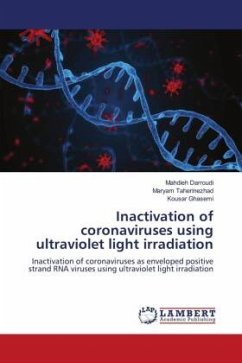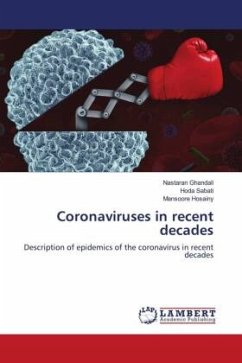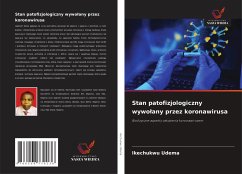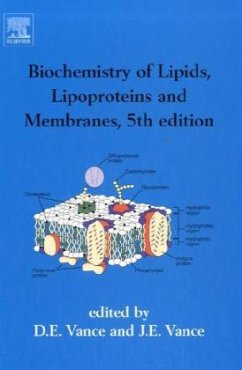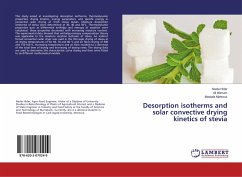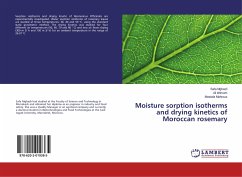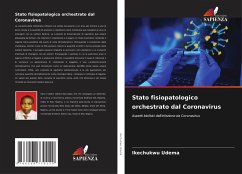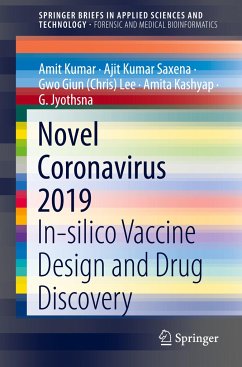
Coronavirus-Orchestrated Pathophysiological State
Biophysical Aspects of Coronavirus Infection
Versandkostenfrei!
Versandfertig in 6-10 Tagen
45,99 €
inkl. MwSt.

PAYBACK Punkte
23 °P sammeln!
The viscosity of the membrane affects how long it takes for a virus to enter and exit cells, and the amount of protein and cholesterol in the membrane can prevent the virus from interacting with the lipid raft. The equilibrium dissociation constant may be lowered by medications that lower cholesterol or bind reversibly, which would make binding less thermodynamically possible. By removing cholesterol from the membrane, inhibitors such as HDL can reduce the amounts of ACE2 and furin protease in lipid rafts. Viscogenes can stop cholesterol precursors or intermediate compounds from interacting wi...
The viscosity of the membrane affects how long it takes for a virus to enter and exit cells, and the amount of protein and cholesterol in the membrane can prevent the virus from interacting with the lipid raft. The equilibrium dissociation constant may be lowered by medications that lower cholesterol or bind reversibly, which would make binding less thermodynamically possible. By removing cholesterol from the membrane, inhibitors such as HDL can reduce the amounts of ACE2 and furin protease in lipid rafts. Viscogenes can stop cholesterol precursors or intermediate compounds from interacting with enzymes. By prolonging the period that virus particles engage with ACE-2, bind, and produce symptoms, the rate of infection or virulence can be decreased. The generation of cholesterol is subject to thermodynamic characterization that can demonstrate how viral RNA replication can be controlled. Finally, a dimensionless equilibrium constant is most appropriate for calculating thermodynamicquantities such as the free energy, enthalpy, and entropy of binding. A larger unitless equilibrium constant value that drops throughout time calls for early medical intervention.






